Buýan Agro-industrial complex, located in the city of Turkmenabat, plans to increase export volumes. In 2018, the complex implemented a production plan by 108%, completing export work by 105%.
The complex employs about 300 specialists who monthly collect on average up to 20-30 tons of licorice root. The harvest season starts in March and lasts until the end of November.
The complex has a history of more than 100 years. At the beginning of the 20th century, in 1906, the Anglo-American firm MacAndrews’ and Co. delivered the press plant to the territory of the present city of Turkmenabat and from that day begins the collection of the licorice root from the banks of the Amu Darya River and the industrial production of licorice root.
The high quality and rich composition of various substances led to a steady increase in world demand for Turkmen licorice. As a result, from 1910 to 1915, the firm collected, though by hand labor, tens of tons of this valuable raw material.
An association for the processing of licorice was founded in 1963 in Turkmenabat, and in 1969 a pilot plant was built to produce concentrated licorice syrup with an annual capacity of 500 tons.
Buýan Agro-industrial complex was established in 1991. The complex is a subsidiary of the Türkmendermansenagat Association of the Ministry of Health and Medical Industry of Turkmenistan. Over the years of Independence, Chinese specialists commissioned an enterprise for the production of dry licorice root (in the form of powder), which allowed to increase the production potential of the Buýan Agro-industrial complex.
Among the 13 licorice species that grow in the world, 4 of them grow on Turkmen soil.
Concentrated and dry licorice extracts, widely used in domestic medicine, are exported to Serbia, China, the UK, the United Arab Emirates and India.

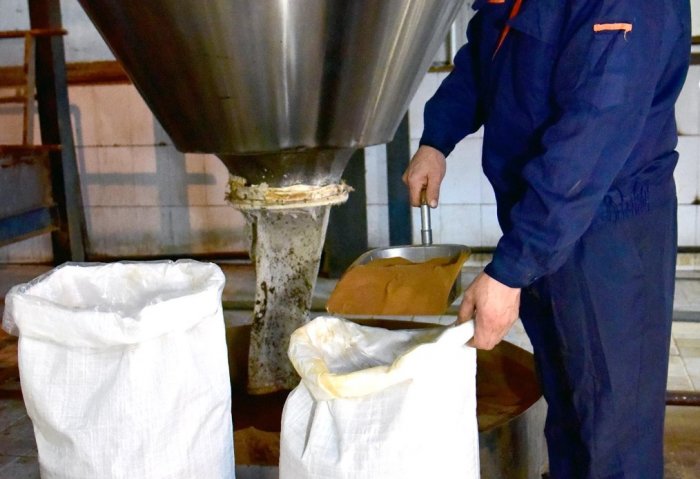

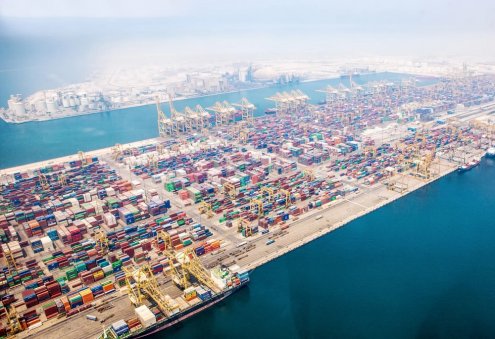


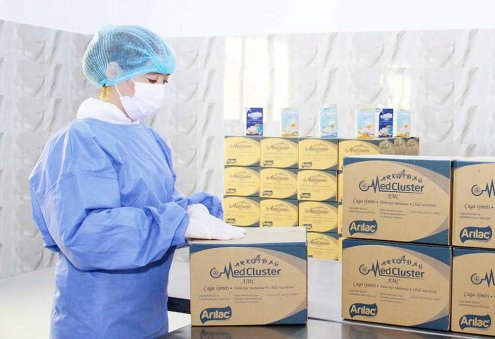
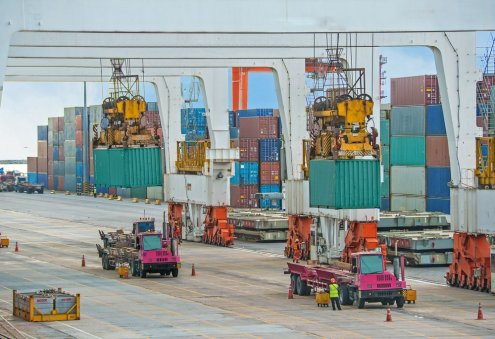
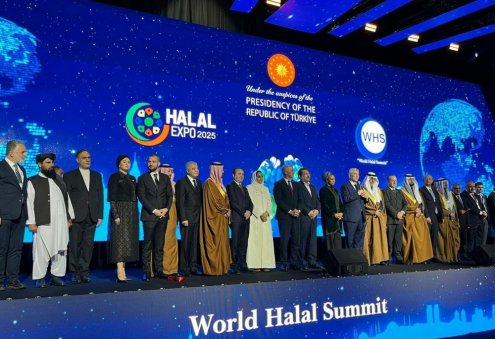



30635-90x604.jpg)





